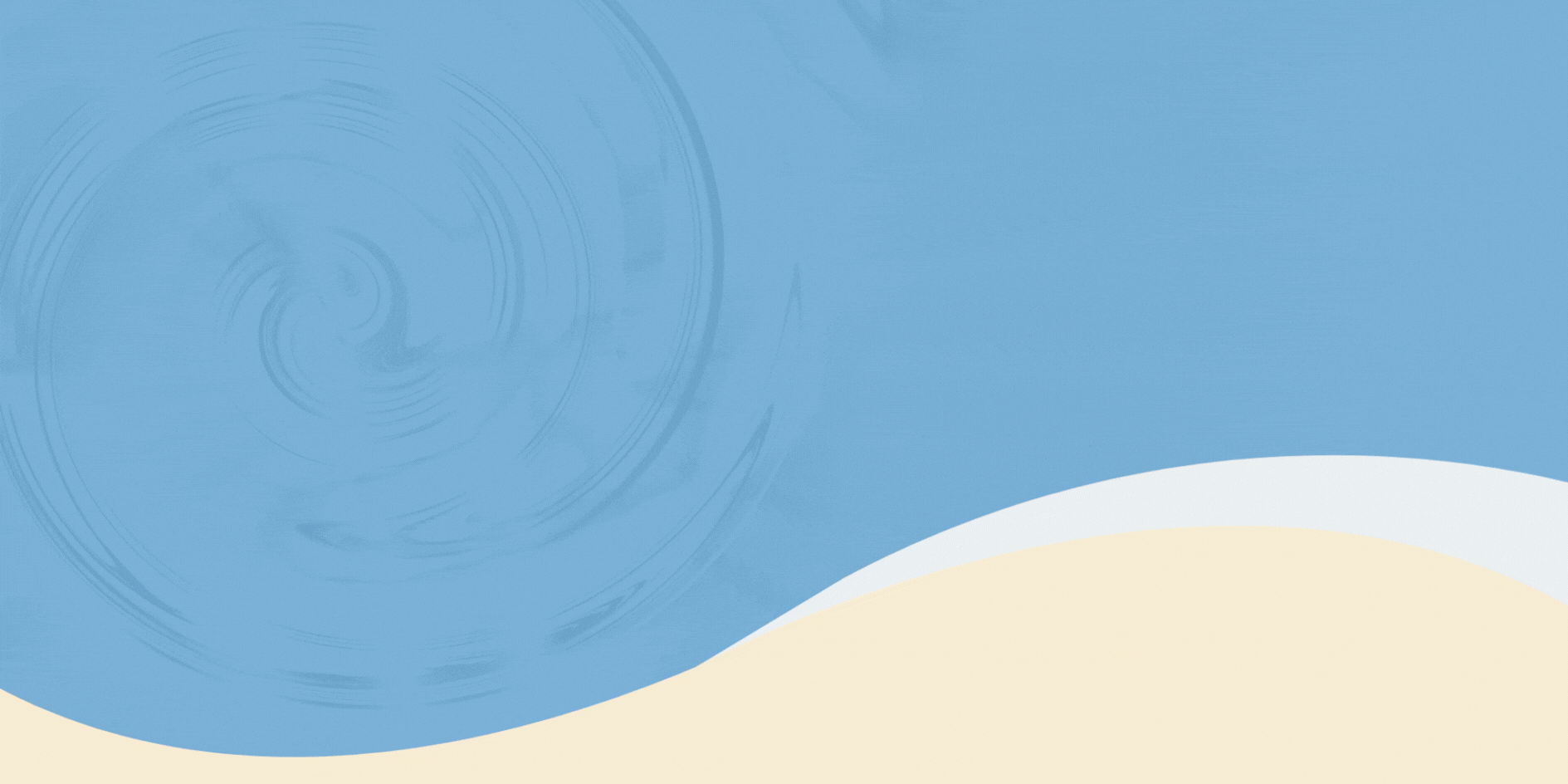Louvre Abu Dhabi, a beacon of global art and culture in the heart of the UAE capital, continues to solidify its place as a premier destination for exploring the wonders of human civilization. In a landmark development, the museum has launched a new exhibition featuring rare artifacts from ancient civilizations, bringing to life a powerful narrative of human creativity, interconnectedness, and resilience across time. This initiative not only enhances the museum’s cultural standing but also supports the UAE’s broader vision of becoming a leading global hub for heritage, education, and intercultural dialogue.
A Cultural Milestone for the Region
The newly curated exhibit marks a cultural milestone in the Gulf region. Drawing from a blend of recent acquisitions, generous loans from world-renowned institutions, and unique pieces sourced from within the UAE’s own archaeological archives, the exhibition paints a vivid picture of ancient life, spirituality, trade, and artistic expression. From Mesopotamia and Egypt to the Indus Valley and early Arabian civilizations, each artifact reveals stories etched in time—stories that help visitors understand how past societies have shaped our collective identity.

The museum’s commitment to showcasing these relics also reflects its ongoing mission to serve as a universal museum. With an emphasis on connecting global narratives rather than isolating them, the exhibition positions Louvre Abu Dhabi as a unique space where East truly meets West. Visitors are invited to traverse millennia of history under one domed roof, experiencing a journey that spans continents, philosophies, and ways of life.
Rare Artifacts on Display

Among the standout items in the exhibition is a collection of ancient Mesopotamian cuneiform tablets, detailing early forms of writing, commerce, and law. These clay tablets provide valuable insight into how one of the world’s earliest civilizations developed systems that would influence generations to come. Nearby, a beautifully preserved Egyptian sarcophagus adorned with hieroglyphics and colorful iconography offers a haunting yet fascinating glimpse into the beliefs surrounding death and the afterlife.
Artifacts from the Indus Valley Civilization—including ceremonial pottery, ornaments, and tools—reveal an advanced society known for its urban planning and craftsmanship. These are presented alongside Roman busts and Hellenistic-era coins, symbolizing the global trade networks that existed long before modern globalization.
Also featured are relics from ancient Arabia, including items unearthed from various UAE archaeological sites. These artifacts provide context to the UAE’s rich prehistoric and early Islamic heritage, bridging the global narrative with local history. Bronze arrowheads, incense burners, jewelry, and household tools help piece together the daily lives of early Emiratis, illuminating their role in the broader development of human civilization.
A Dynamic Cultural Exchange
One of the defining aspects of this exhibition is the collaborative nature of its curation. Louvre Abu Dhabi has partnered with prominent international museums such as the Musée du Louvre in Paris, the British Museum, and the Metropolitan Museum of Art. These institutions have lent priceless items that add depth and diversity to the exhibit. For instance, ancient Greek amphorae from the Mediterranean region complement Middle Eastern artifacts, underscoring the long history of trade and cultural exchange.
This collaborative approach reflects the UAE’s diplomatic and cultural openness. By showcasing relics from across the globe, the museum promotes an understanding that civilizations have always interacted, borrowed, and evolved through shared knowledge and influence. Such exhibitions play a critical role in countering narrow nationalistic narratives, offering instead a celebration of humanity’s collective progress.
Integrating Technology and Storytelling
Louvre Abu Dhabi’s latest exhibit doesn’t merely showcase static artifacts—it immerses visitors in history through advanced storytelling techniques. Augmented reality (AR) features and interactive digital displays breathe new life into ancient pieces, allowing guests to visualize how these objects were used or worn in their original contexts. For example, viewers can use museum-provided tablets to see 3D reconstructions of a Sumerian city, complete with marketplaces and ziggurats, or witness how Egyptian burial practices evolved across dynasties.
This blend of tradition and innovation aligns with the museum’s philosophy: making history accessible, engaging, and educational for audiences of all ages. School groups, families, scholars, and tourists alike can find layers of meaning in the exhibits, each tailored to different levels of curiosity and understanding.
Engaging the Local Community
Another compelling feature of the exhibition is its integration of artifacts sourced from the seven emirates. Items loaned from the Ras Al Khaimah National Museum, Sharjah Archaeology Authority, and other institutions serve to emphasize national unity and pride in the country’s deep-rooted heritage. These contributions are part of a broader push to position the UAE as not just a host of global culture but as an active contributor to the world’s archaeological and anthropological narrative.
Through educational programs, panel discussions, and workshops, the museum also aims to engage the local community in a meaningful way. Special sessions with archaeologists and historians are scheduled to provide deeper insight into the significance of the artifacts, while interactive labs allow young visitors to simulate archaeological digs, promoting a hands-on understanding of history.
Ancient Civilizations : A Statement of Soft Power and Vision
The exhibition also holds strategic significance. As the UAE diversifies its economy and strengthens its cultural diplomacy, institutions like Louvre Abu Dhabi serve as symbols of soft power. They reflect a nation deeply invested in knowledge, tolerance, and global engagement. By highlighting common threads across civilizations, the UAE underscores its identity as a crossroads of ideas, trade, and innovation.
Furthermore, this exhibition aligns with the UAE’s long-term vision outlined in its cultural and tourism strategies. It supports the growth of Abu Dhabi as a global cultural capital, attracting tourists, scholars, and investors alike. Cultural tourism remains a vital pillar of the nation’s non-oil economy, and world-class exhibitions such as this are key to its continued success.
Looking Ahead
Louvre Abu Dhabi’s commitment to expanding its collection and curating insightful exhibitions ensures it will remain a dynamic institution for years to come. Plans are already in motion for rotating exhibitions focused on African kingdoms, ancient Chinese dynasties, and indigenous American cultures—each promising to further enrich visitors’ understanding of the world.
In an era where divisions and misunderstandings often dominate headlines, Louvre Abu Dhabi offers a refreshing reminder: that we are, and always have been, deeply connected. Through the objects left behind by our ancestors, we find shared values, aspirations, and a universal quest for meaning.
As the exhibition on ancient civilizations unfolds, it invites us to rediscover our roots—not as isolated tribes or nations, but as one human family united by our creativity, resilience, and enduring legacy.
Do follow Uae stories for more Updates














